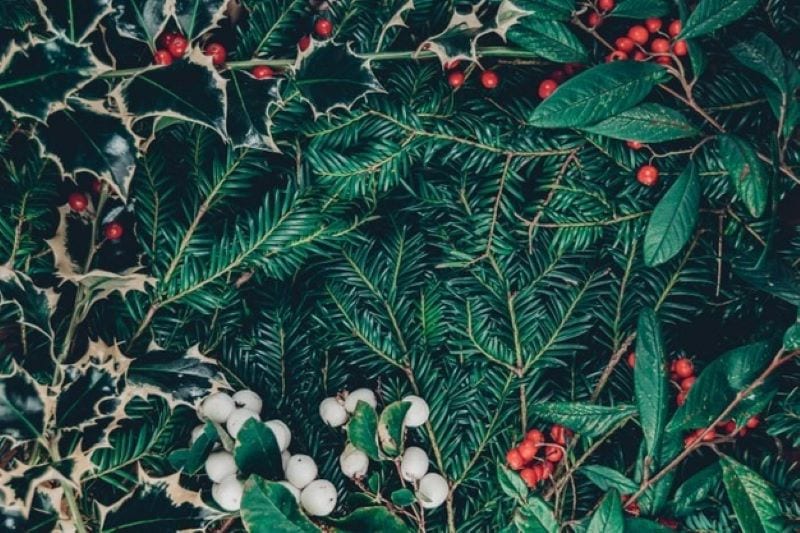If you stare longer, you’ll figure your 15 foot artificial Christmas tree has a lot more to say about yuletide than the glitz and the sparkles. Trees are great, but they tell a lot we can only discern with our hearts wide open.
From ancient philosophies, for instance, it is clear that Christmas trees were used primarily as signs and symbols. Their roots sprang from the core of all things, and their twigs represented the worlds.
Their trunk, leaves, and even branches — they all have a thing to say about the various spheres and atmospheres.
History of Christmas trees: how it all began
Christmas trees, as we have them today, are believed to have their origin traced back to Germany. In the 700s (the first half, to be exact), Germany pioneered the Christmas tree tradition and made it to be all the rage. Devout Christians had trees decorated to suit their taste and individual homes, while others decided to build pyramids.
In no time, the whole of Europe embraced the custom and it became popular.
Moving forward — the 18th– 20th century evolution
Once it was settled that Christmas trees had come to stay, people become creative. Unlike in the past, candles and gingerbread, including some varying kinds of fruits and sweets became useable as ornaments to beautify Christmas trees.
From 1841 up till the early 20th century, a host of other English homes joined the trend and decorations were made more stunning. From dolls to fruit to candy, down to the costume jewelry, there were lots of items people used to cover their trees and make them look enchanting.
The 21st century reality
The 21st century Christmas tree reality is replete with tons of creative themes and trends, and no doubts, you can get whatever you wish to make your home look great.

